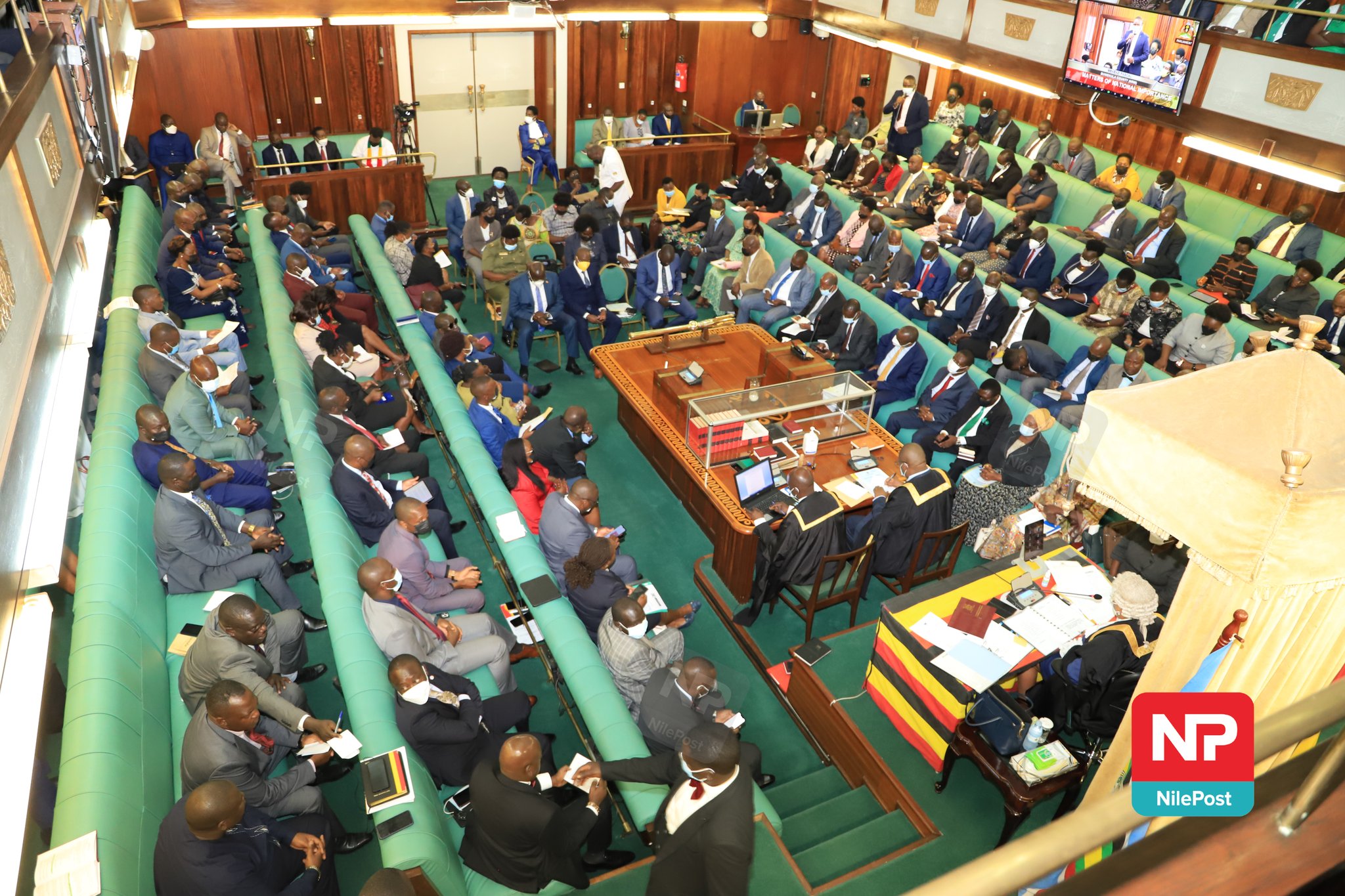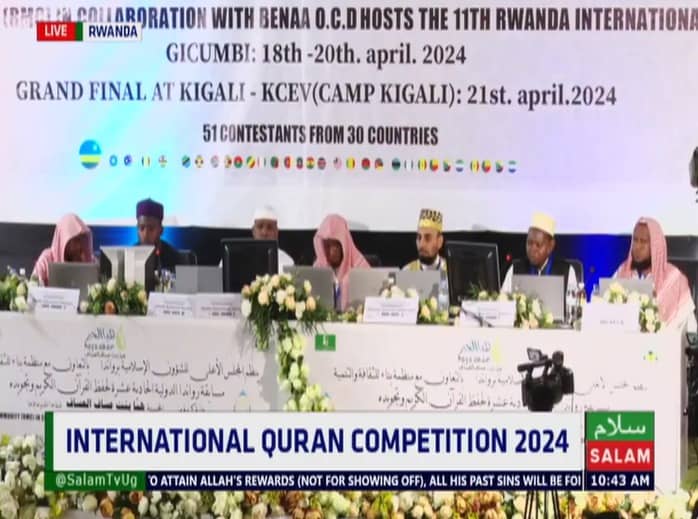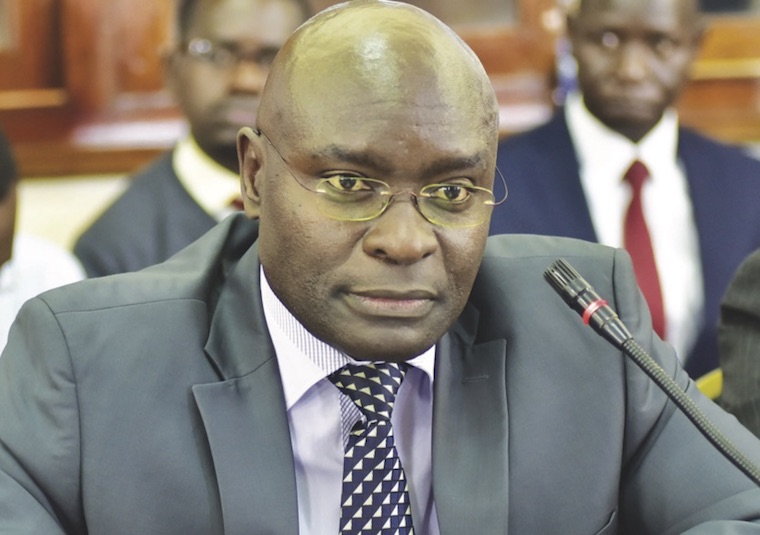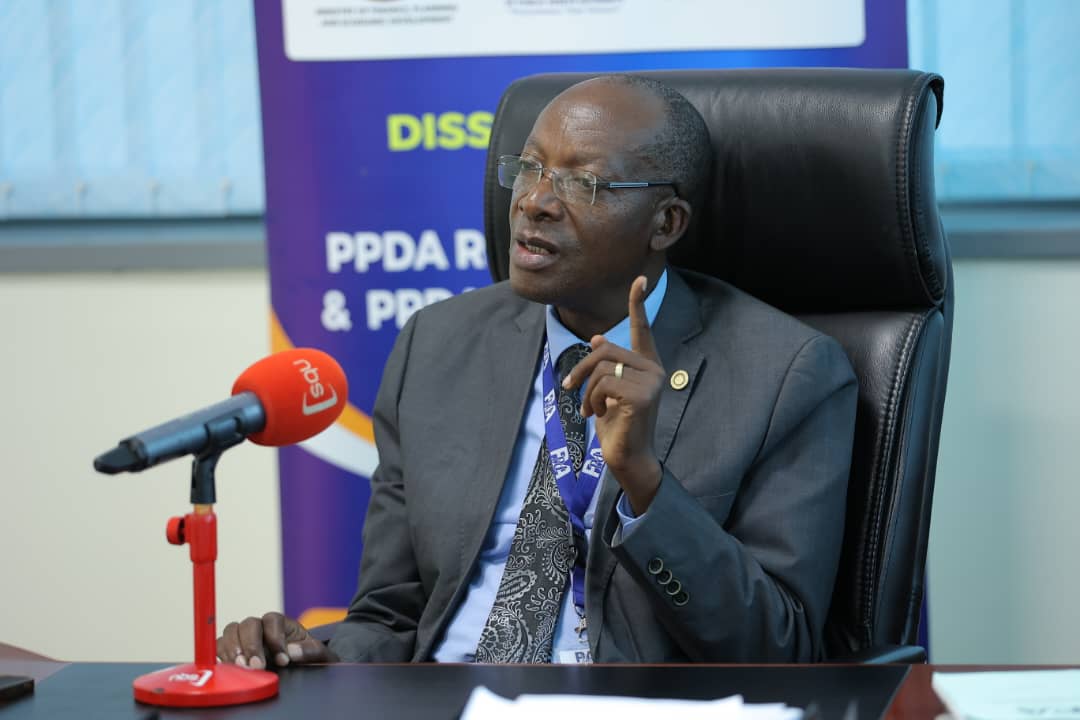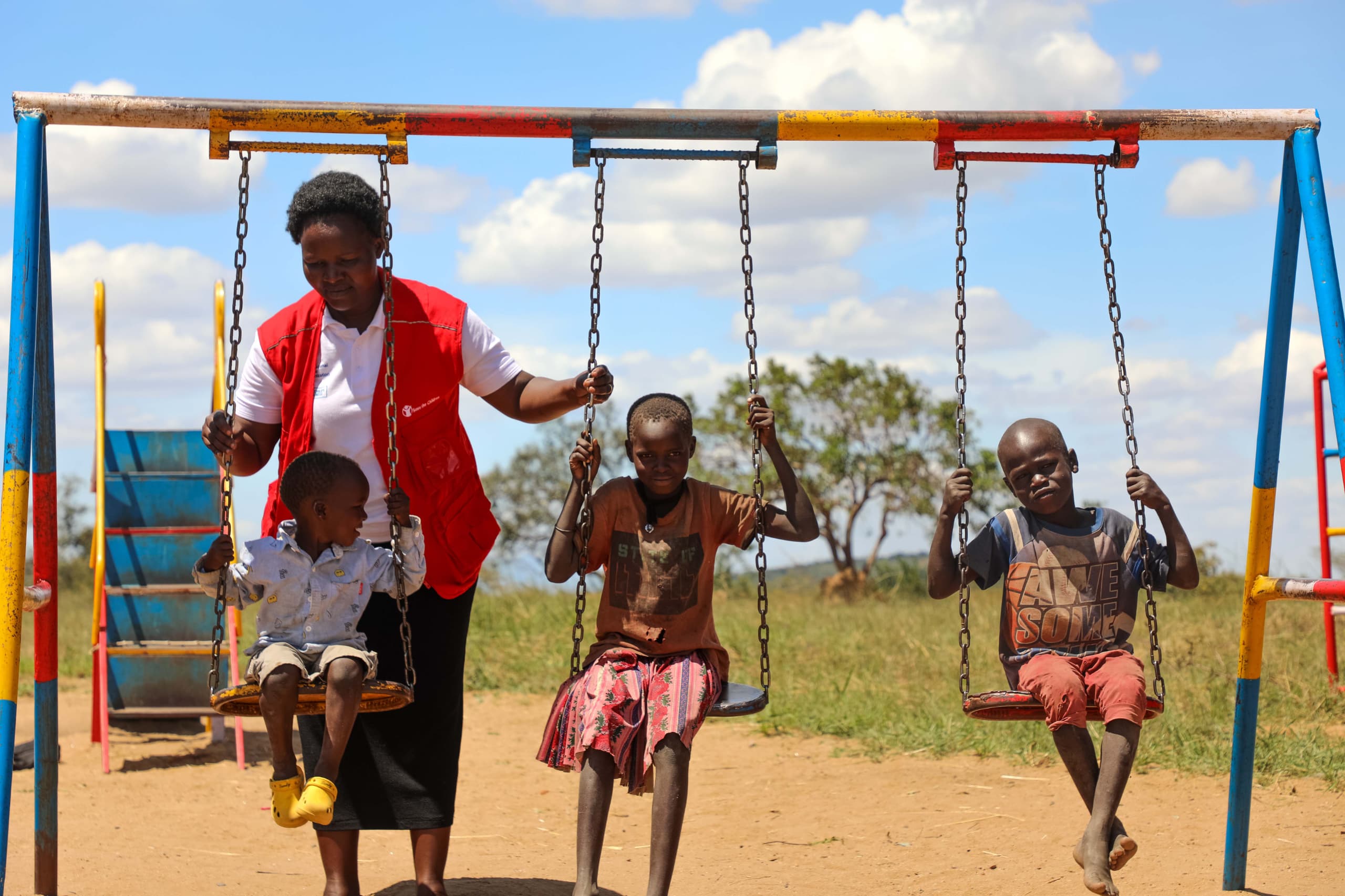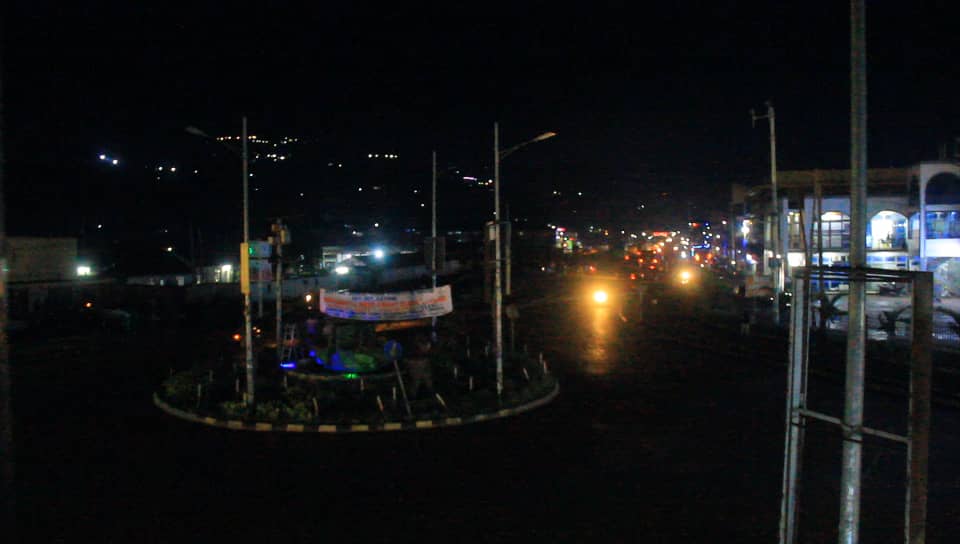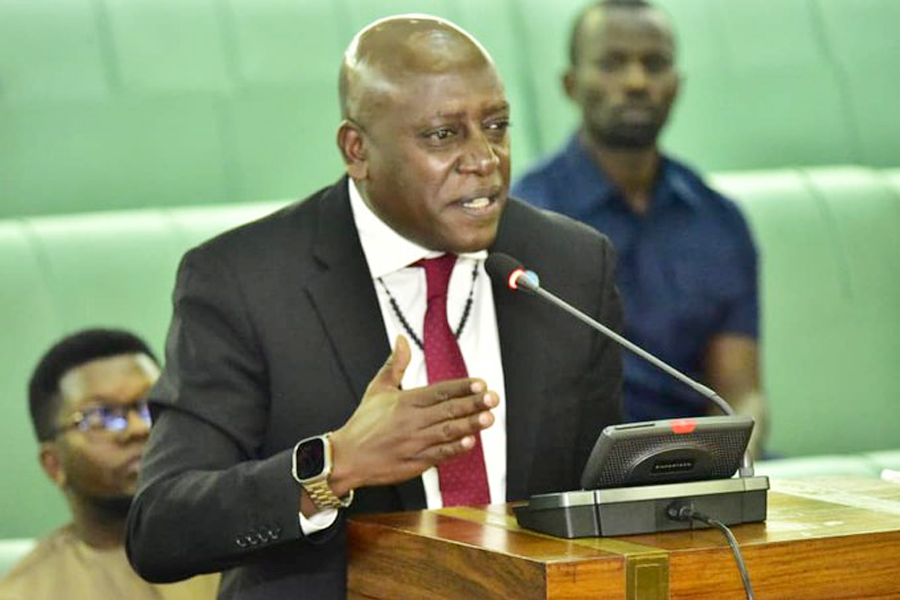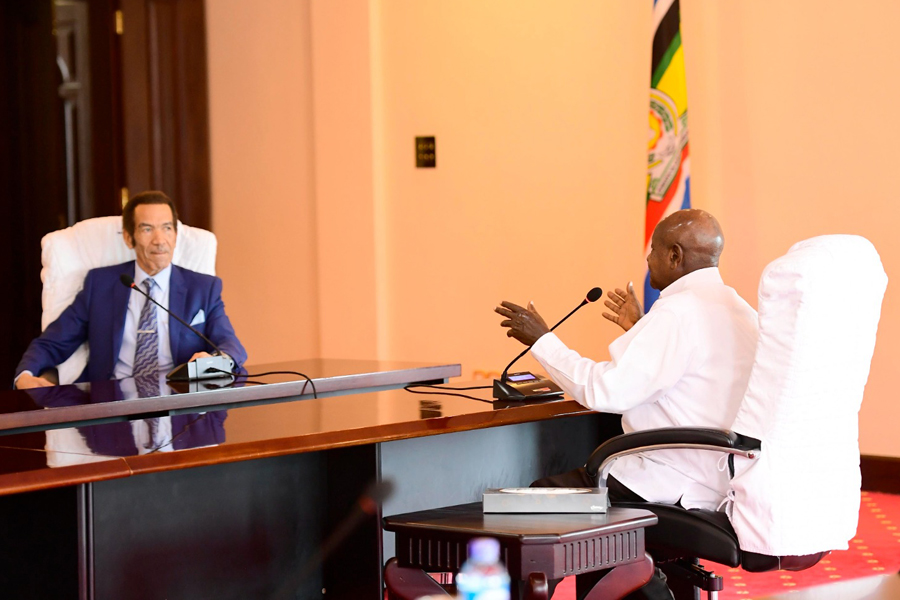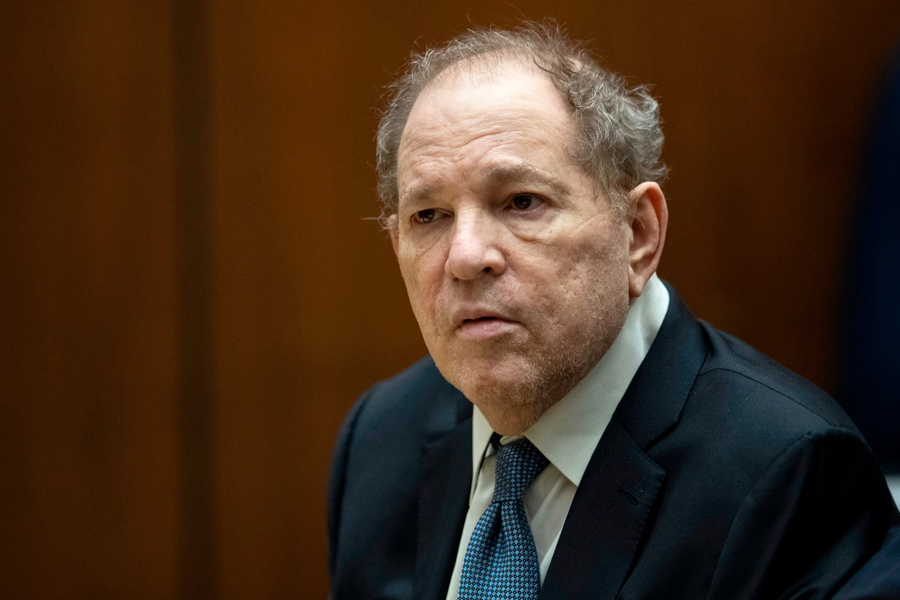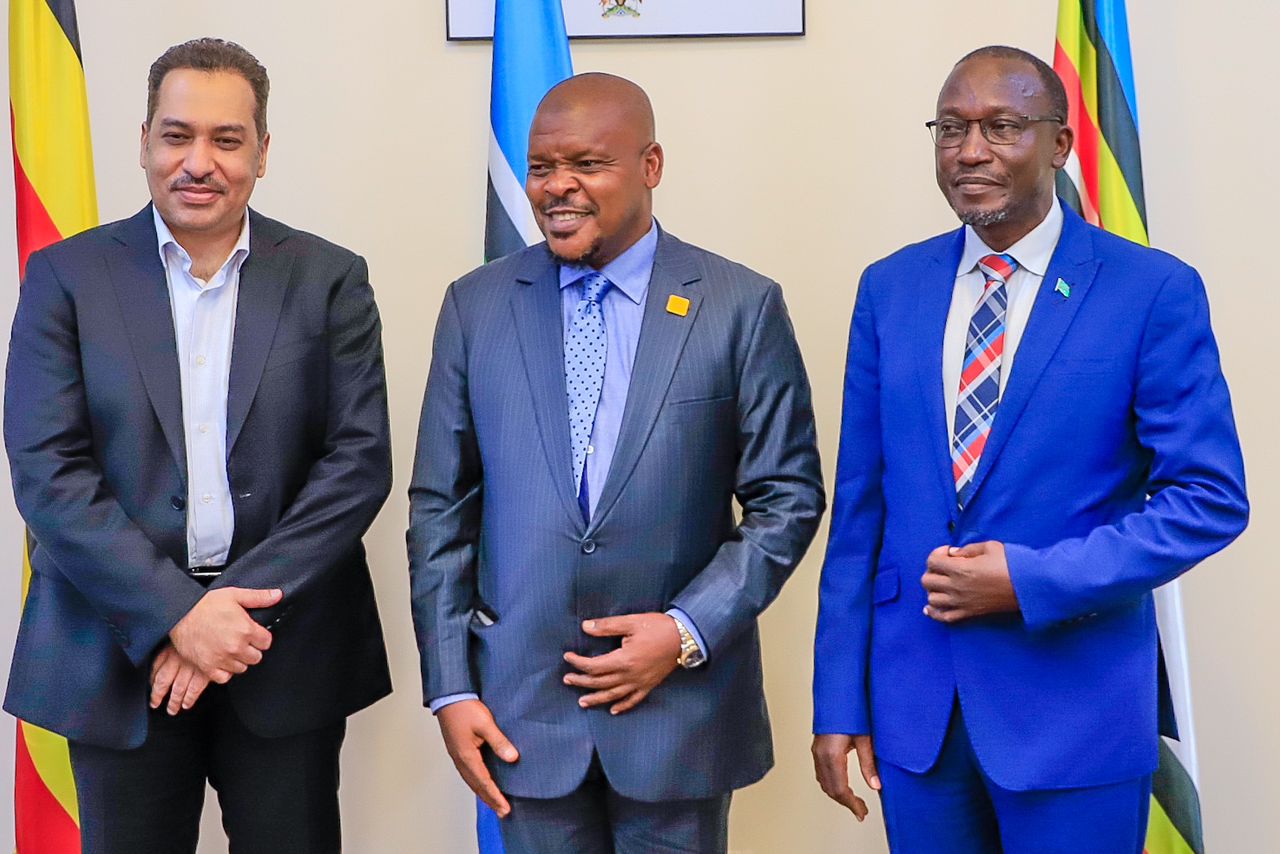#OutToLunch: Uganda can become a big exporter of palm oils
By Denis Jjuuko

In the late 19th century with colonialism at its peak, some Europeans came to Africa to implement their strategy and found an interesting tree that mesmerized them. The tree grew almost on its own without much agronomical support. It was a unique tree that simply needed the tropical weather to blossom and provided bunches of fruits every few days.
Keep Reading
- > Parliament questions government's Shs1.1 trillion supplementary budget
- > Salam TV elevates coverage of 11th international Quran competition 2024 in Rwanda
- > Electoral Commission budget expected to rise
- > PPDA asks districts to use use alternative procurement processes to avoid returning money to consolidated fund
Enthralled, they decided to try it in present-day Malaysia, which has the same weather as most parts of sub-Saharan Africa. The tree didn’t disappoint. Indonesia started growing it too and it worked. Indonesia and Malaysia easily became up to today the world’s biggest growers of this tree. It comes without saying that they are the world’s biggest exporters. Its name? The oil palm tree.
The oil palm tree is the source of palm oil — the world’s most versatile vegetable oil. Palm oil is used to make cooking oil, soap, and other cosmetics, as an ingredient in chocolates and ice creams, and margarine, in the automotive industry and thousands of other products around the world. As you read this, there are about three billion people who are at this particular time using a product with palm oil around the world. You could be one of them though you may not know it. It easily replaced animal fats around the world establishing itself as a product that is healthy to consume and safe to use in many industries for a variety of products we can’t even imagine.
The irony of this is that Africa, the native home of the oil palm tree mostly imports it from Asia. How did we get here? Why can’t we take lead in growing this tree?
Of course, there have been some efforts and if you have been to Kalangala, you have come across them but what is there are about 11,500 hectares. Compare that with Malaysia with about four million hectares and Indonesia with about six million hectares.
Although the growth of oil palm trees has become commercial and ways of growing it have been modernized, the tree doesn’t need much to survive. In Malaysia and Indonesian villages, it has been responsible for getting millions of people out of poverty. It is an easy crop to grow.
It is also perennial which starts fruiting at three years and a single tree’s lifetime is between 25 and 30 years. The beauty of the oil palm tree is that you can harvest its fruits every 10 days all year round. I don’t know know if there are many such other crops with that kind of photosynthesis. This means that a farmer can have a much more stable monthly income.
Today, a kilo is sold at about Shs850 and if you follow recommended planting guidelines, you can plant at least 57 trees per acre. Conservative estimates indicate that an acre can give 800kgs of mature fruits every month. You can do the maths. In Kalangala, oil palm tree smallholder farmers earn collectively Shs2 billion on average every month. I don’t think there are many areas in Uganda as small both in size and population as Kalangala that earn this much from agriculture. This has diversified their income as they no longer solely rely on fishing.
Oil palm trees give as much as 8-10 times returns more than other vegetable oil crops such as sunflower and soybean. This doesn’t include the versatility of palm oil. Oil palm waste can be used to generate electricity and as a raw material in many industries.
So what Uganda needs is to replicate the success of oil palm growing in Kalangala to other areas but in a sustainable way by continuing to ensure that Lake Victoria is protected by creating buffers so that fertilizers don’t end up in the lake. But also oil palm trees can grow elsewhere.
With our perfect weather and the versatility of this particular oil, we can easily become a big exporter of palm oil products in the region and cut down on our import bill. Small industries to make products from palm oil can easily be created but most importantly, farmers will have a perennial crop that gives them a stable monthly income for 25-30 years thereby getting the majority of our people out of poverty.
The writer is a communication and visibility consultant.
djjuuko@gmail.com


